Academy
Academy (академія; akademiia). Academies functioned as proto-universities in early modern Ukraine. The history of academies in Ukraine can be traced back to the confessional colleges run by Catholic orders, which served as models for similar Orthodox and Uniate schools (see Higher education). Their curriculum consisted of three lower grades (infima, grammar, and syntax) and two intermediate grades (poetics and rhetoric) and required six years to complete, which was a norm for the institutions of secondary education. Only a few such schools, almost all of them established by the Jesuits, offered courses of the higher grades (philosophy, requiring three years, and theology, requiring four years). On the territory of present-day Ukraine the only such college with the status of an academy operated in Lviv, established by the charter of king Jan II Casimir Vasa, between 1661 and 1773 (Pope Clement XIII confirmed the academy’s status in 1759). The academy had a right to award doctoral degrees. Numerous Ukrainian students also received a full higher education) in several Jesuit-run academies located in neighboring cities of the pre-partitioned Polish-Lithuanian Commonwealth, such as Vilnius, Zamość (see Zamostia Academy), or Cracow. It has often been assumed that Ostroh Academy (established ca 1580 by the Orthodox Prince Kostiantyn Vasyl Ostrozky) was the first proto-university in Ukraine, but it did not offer a higher education) and was never officially recognized as an academy.
The earliest Orthodox institution with the status of an academy was the Kyivan Mohyla Academy that was reorganized from the Kyivan Mohyla College (est. 1632). Initially the college provided only a partial higher education, but in the 1680s the higher courses in philosophy and theology became a permanent part of its curriculum. In 1701 in recognition of its leading role in higher education Kyivan Mohyla College was officially granted the status of an academy by tsar Peter I. The academy especially flourished during two periods: first in the late 17th and the early 18th centuries, during several decades known as its ‘golden age,’ under the tenures of Hetman Ivan Samoilovych (1672–87) and Hetman Ivan Mazepa (1687–1709), and then in the 1730s and 1740s, under the tutelage of Metropolitan Rafail Zaborovsky (1731–42). During this latter period the academy’s curriculum added new courses in modern languages, history, mathematics, medicine, and geography, and its enrollment grew steadily from 490 in 1738–9 to 1,110 in 1744–5. In the mid-18th century graduates of the academy comprised up to 50% of imperial Russia’s entire intellectual class active in Saint Petersburg and Moscow. But after Catherine II’s abolition of the Hetman state in 1764 and secularization of the monasteries in 1786, the academy entered a period of an ultimate decline. By the end of the 18th century it was reduced to the level of a provincial seminary, with most of its students choosing priestly careers (1,069 of its 1,198 students in 1811).
In 1817 the academy was closed down by Russian clerical authorities and two years later was reorganized as the Kyiv Theological Academy. A higher theological school, the academy developed religious scholarship in line with the official positions of the Russian Orthodox church, trained teachers for theological seminaries, and supervised eight seminaries. Despite its role as an important instrument of the Russification of the Orthodox church and rite in Ukraine, among its students (on average approximately 200) were a number of future prominent Ukrainian intellectuals, such as Pamfil Yurkevych, Ivan Nechui-Levytsky, Pavlo Zhytetsky, Vasyl Bidnov, Pylyp Kozytsky, Oleksander Lototsky, Yevtym Sitsinsky, Serhii Yefremov, Oleksander Koshyts, Kostiantyn Vobly, Volodymyr Barvinok, and others. Throughout its existence the Kyiv Theological Academy was the only Orthodox higher school of theology in Ukraine. It was abolished by the Soviet authorities in 1920.
Kyiv Theological Academy was the only postsecondary school in Russian-ruled Ukraine with the status of an academy. In Austrian-ruled Ukraine the status of an academy was granted to the Higher Commercial School in Lviv in 1902, renamed into Lviv Commercial Academy that trained highly skilled personnel for trade, banking, and commerce. Later, the status of an academy was carried by the sole Ukrainian institution of higher learning in interwar Poland: the Greek Catholic Theological Academy, founded in Lviv by Metropolitan Andrei Sheptytsky in 1928. The academy was intended to become a Ukrainian university in the future. Patterned on Catholic universities in the West, it offered a five-year program and had two faculties: philosophy and theology (with a law faculty to be established in the fall of 1939). The enrollment was approximately 350–400 students between 1932 and 1939. The academy was abolished by the Soviet authorities in 1939 and then again in 1944.
Academies reemerged as institutions of higher education in independent Ukraine after 1991. Among the first academies was the Academy of Internal Affairs of Ukraine (1992) and the revived Kyiv Theological Academy (1993) affiliated with the Ukrainian Orthodox Church-Kyiv Patriarchate. The latter provides an additional curriculum for the graduates of the seminary who wish to pursue advanced religious studies. The Ukrainian Orthodox Church-Moscow Patriarchate sponsors its own Kyiv Theological Academy and Seminary. The Kyivan Mohyla Academy itself was revived in 1991, but with the status of a university (see National University of Kyiv-Mohyla Academy). In 1993 new academies were created on the basis of the two leading technological institutes located in Dnipropetrovsk: the State Mining Academy (today Dnipro University of Technology), reorganized from the Dnipropetrovsk Mining Institute, and the State Metallurgical Academy (today National Metallurgical Academy) created on the basis of the Dnipropetrovsk Metallurgical Institute. In 1994, the Lviv Theological Academy was formed as a successor to the Greek Catholic Theological Academy that had existed in 1928–44. In 2002 it was reorganized as the Ukrainian Catholic University.
According to Ukraine’s Law on Education (2014), academies are specialized institutions of higher education of the third and fourth (highest) levels of accreditation. The areas of specialization of individual academies include: technology, pedagogy, theology, medicine, economy, diplomacy, public administration, law and law enforcement, pharmaceutics, civil engineering and architecture, agriculture, arts, book-printing, seafaring, and military. As of 2020 there were around 50 academies in Ukraine.
Serhiy Bilenky
[This article was written in 2021.]
.jpg)
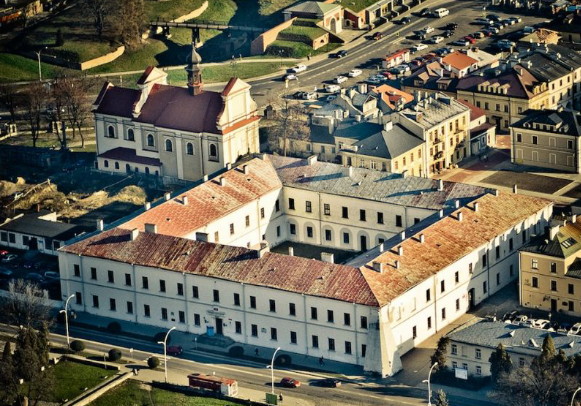
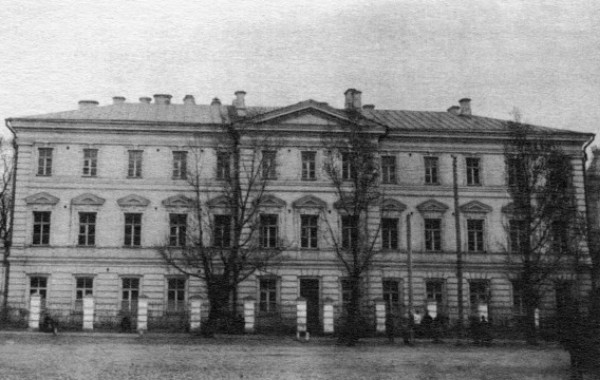
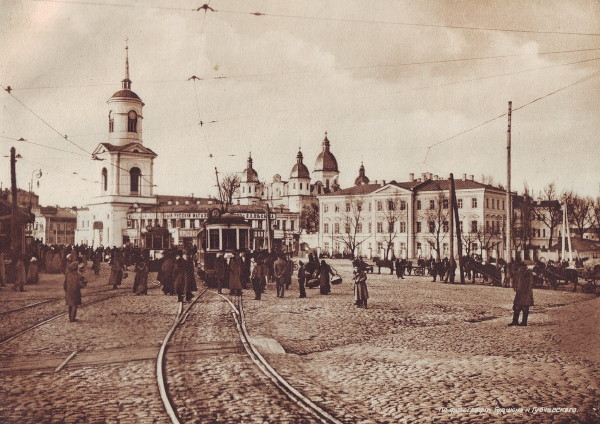
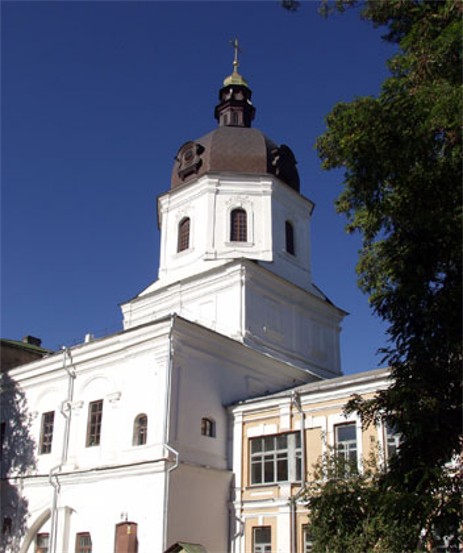
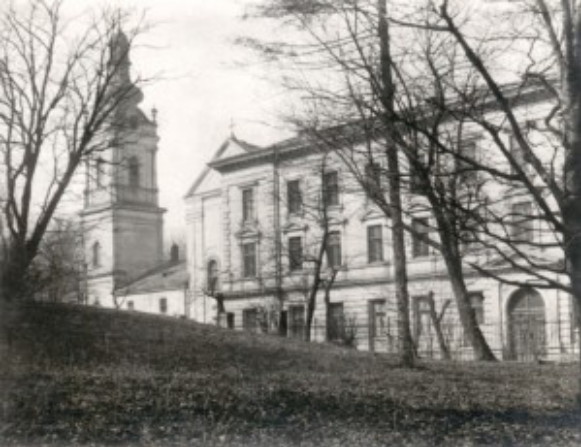
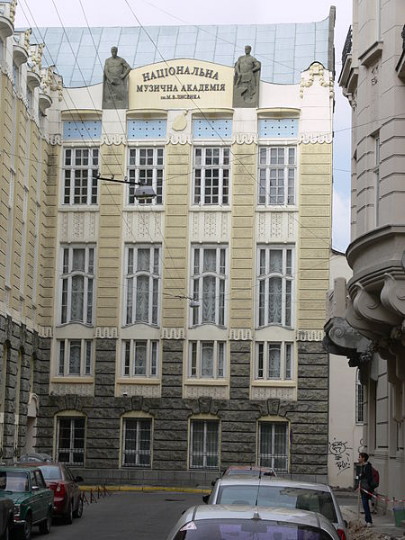
.jpg)
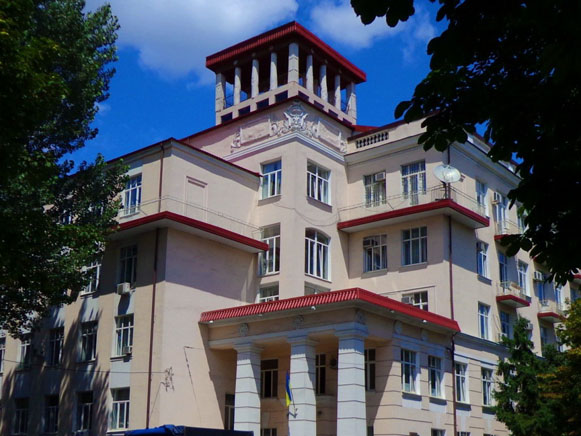
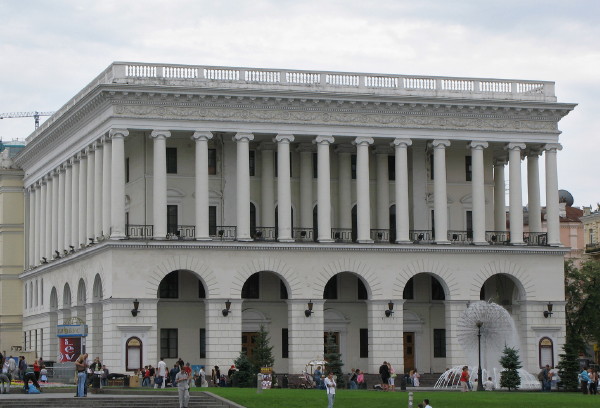
.jpg)
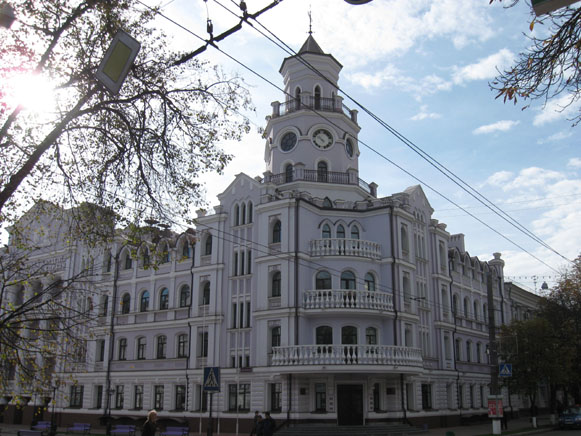
 buildings with Annunciation Church.jpg)